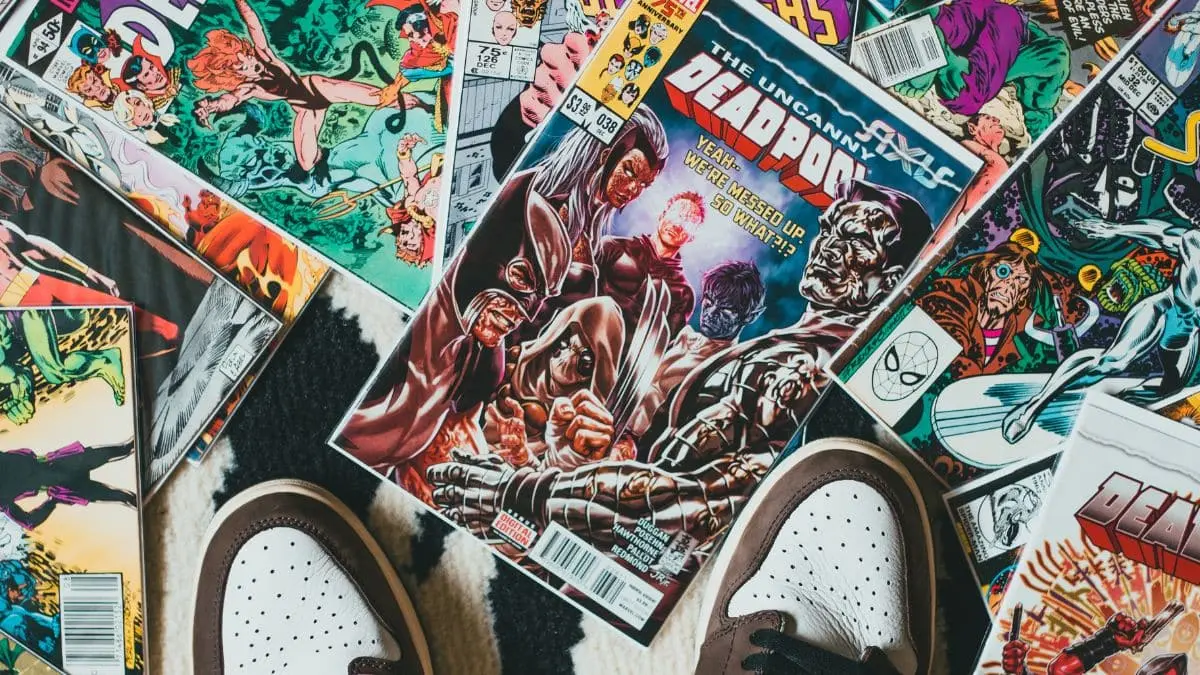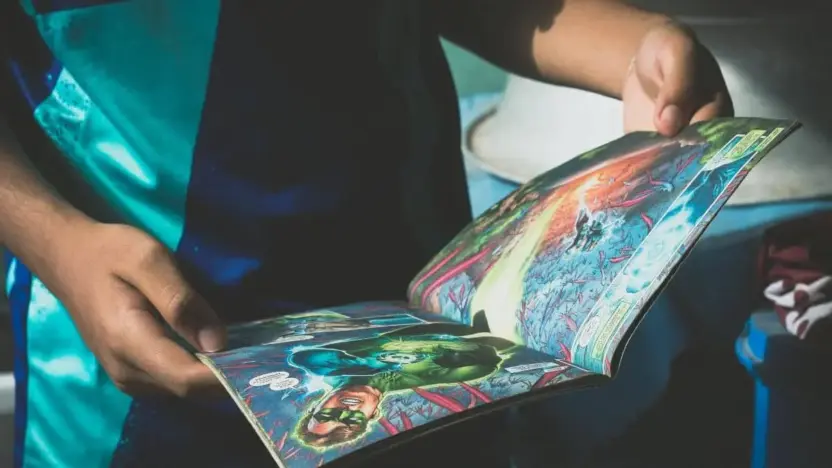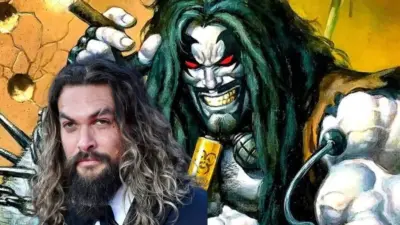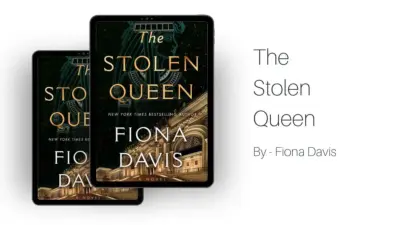Storytelling has existed for centuries, morphing through oral traditions, written text, theater, and film. Each medium has its strengths, but comics occupy a unique space. Combining visual artistry with written narrative, comics create an immersive, imaginative experience that no other medium quite replicates. Here’s why I firmly believe comics are the ultimate storytelling medium.
The Perfect Fusion of Words and Art
Comics masterfully blend two fundamental modes of communication: words and visuals. This fusion allows creators to present complex narratives with an economy of language. Unlike novels, where readers rely solely on written descriptions to visualize scenes, comics present these visuals directly—yet leave enough room for interpretation.
Take a moment to think about the way a single panel can evoke emotions. A simple frown on a character’s face, paired with a succinct dialogue bubble, can communicate sadness, frustration, or even sarcasm, depending on the context. This interplay between art and text is unique to comics and allows for nuanced storytelling.
Accessibility and Inclusivity
Comics break down barriers that traditional literature or even movies can sometimes uphold. For people who find dense text overwhelming or who struggle with literacy, comics offer an easier entry point into storytelling. They’re engaging, visually stimulating, and often far less intimidating than a thick book with endless paragraphs.
Moreover, comics have the capacity to be inclusive in their storytelling. Diverse representation—of races, genders, sexual orientations, and cultures—has been a hallmark of comics in recent years. Graphic novels like Persepolis by Marjane Satrapi and Ms. Marvel by G. Willow Wilson showcase experiences that are deeply personal yet universally resonant.

Pacing and Reader Control
One of the underrated joys of comics is the control they give to readers over pacing. Unlike movies or TV shows, where the speed of storytelling is dictated by the director, comics let you linger on a panel or zoom through pages at your leisure. You can absorb the details in a meticulously illustrated battle scene or savor the emotional weight of a single, poignant moment. This flexibility in pacing empowers readers to engage with the story on their own terms.
Additionally, comics often excel in juxtaposing simultaneous timelines or emotions. A single page can feature different panels showing past memories, present events, and a character’s imagined future—all coexisting seamlessly. It’s a narrative technique that’s challenging to replicate in other mediums.
Limitless Creativity
Comics thrive on imagination. They’re not bound by the budget constraints of movies or the descriptive limitations of novels. Want to depict a galaxy-spanning space opera? Go ahead. Feel like crafting a post-apocalyptic world populated by sentient robots? Sure thing. The only limits in comics are the creator’s skills and vision.
This freedom to create also allows for bold experimentation. Artists can play with page layouts, breaking traditional grids to create dynamic and innovative designs. Writers can use unconventional storytelling structures, such as non-linear timelines or unreliable narrators, and still communicate effectively. Comics like Watchmen by Alan Moore and Dave Gibbons have redefined what’s possible in storytelling with their layered, multi-dimensional narratives.
Emotional Resonance
Despite their often colorful and exaggerated appearances, comics have an uncanny ability to tap into raw human emotions. Graphic novels like Maus by Art Spiegelman and Blankets by Craig Thompson tackle themes like trauma, love, and identity with unparalleled depth.
The visual nature of comics enhances their emotional impact. Seeing a character cry, laugh, or fight through challenges makes their journey more tangible. The carefully drawn expressions, the interplay of light and shadow, and even the choice of color palette can evoke emotions in ways that words alone often can’t.
A Medium for All Ages
Comics cater to readers across all age groups. From children’s classics like Calvin and Hobbes to mature, thought-provoking works like Sandman by Neil Gaiman, the medium’s versatility ensures there’s something for everyone.
This accessibility doesn’t dilute the complexity of the stories. Many comics meant for younger audiences, like Bone by Jeff Smith, weave layered narratives that resonate just as strongly with adults. Meanwhile, more mature comics tackle heavy themes like existentialism (Daytripper) or societal critique (V for Vendetta).
The Power of the Page Turn
One of the simplest yet most effective storytelling techniques in comics is the page turn. The suspense of flipping the page to reveal a shocking twist, a breathtaking splash panel, or a dramatic confrontation is unmatched. It’s an interactive element that keeps readers engaged, actively participating in the narrative.
Unlike movies, where surprises unfold without your input, or novels, where you might accidentally glance ahead, comics build anticipation in a unique, tactile way. That moment of discovery—turning the page to reveal something astonishing—is one of the medium’s greatest strengths.

An Ever-Evolving Art Form
Comics have evolved dramatically over the decades. From the golden age of superhero stories to today’s diverse and experimental graphic novels, the medium has consistently pushed boundaries. Indie comics, webcomics, and even digital formats have expanded what comics can be, ensuring the art form remains dynamic and relevant.
This evolution reflects in the range of genres now available. Whether you’re into horror, romance, sci-fi, or slice-of-life, comics have it all. Their adaptability ensures they remain a rich ground for storytelling innovation.
My Personal Connection
For me, comics have always been a source of inspiration and escapism. They’ve made me laugh, cry, and even rethink my perspectives on life. The marriage of art and narrative speaks to both the analytical and emotional parts of my brain. It’s a medium that respects its audience, trusting us to piece together meaning from words and visuals.
Every time I read a comic, I’m reminded of its unique power to tell stories that stay with me long after I’ve closed the final page. That’s why I believe comics aren’t just another storytelling medium—they’re the best.
Also Read: Why Spider-Man Remains the Most Relatable Superhero of All Time



